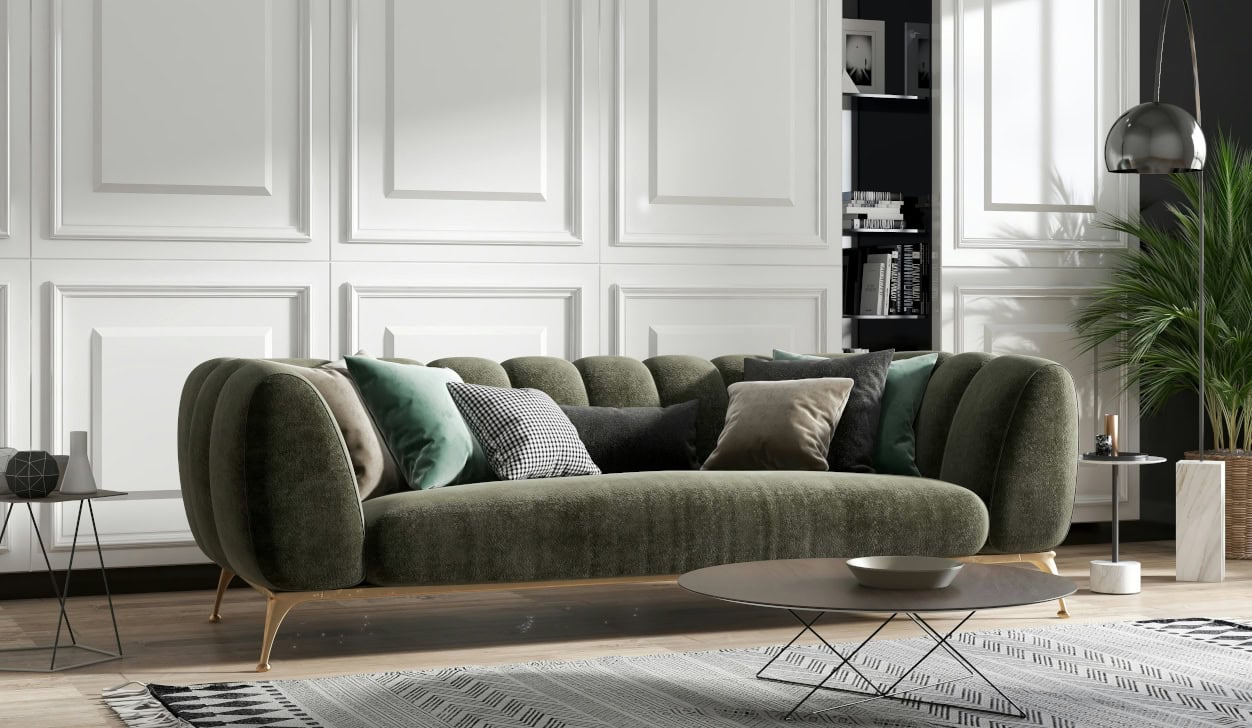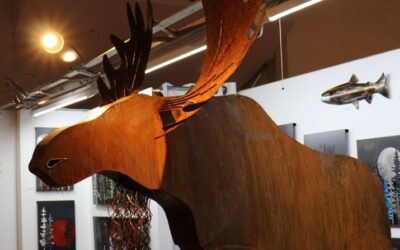In the ever-evolving landscape of interior design, there exists a delicate dance between the cutting edge and the classic. Homeowners today face the challenge of creating spaces that feel both contemporary and enduring—functional for modern living yet anchored in timeless appeal. This balance is not merely aesthetic but reflects a deeper philosophy about our relationship with our living spaces and the objects that fill them.
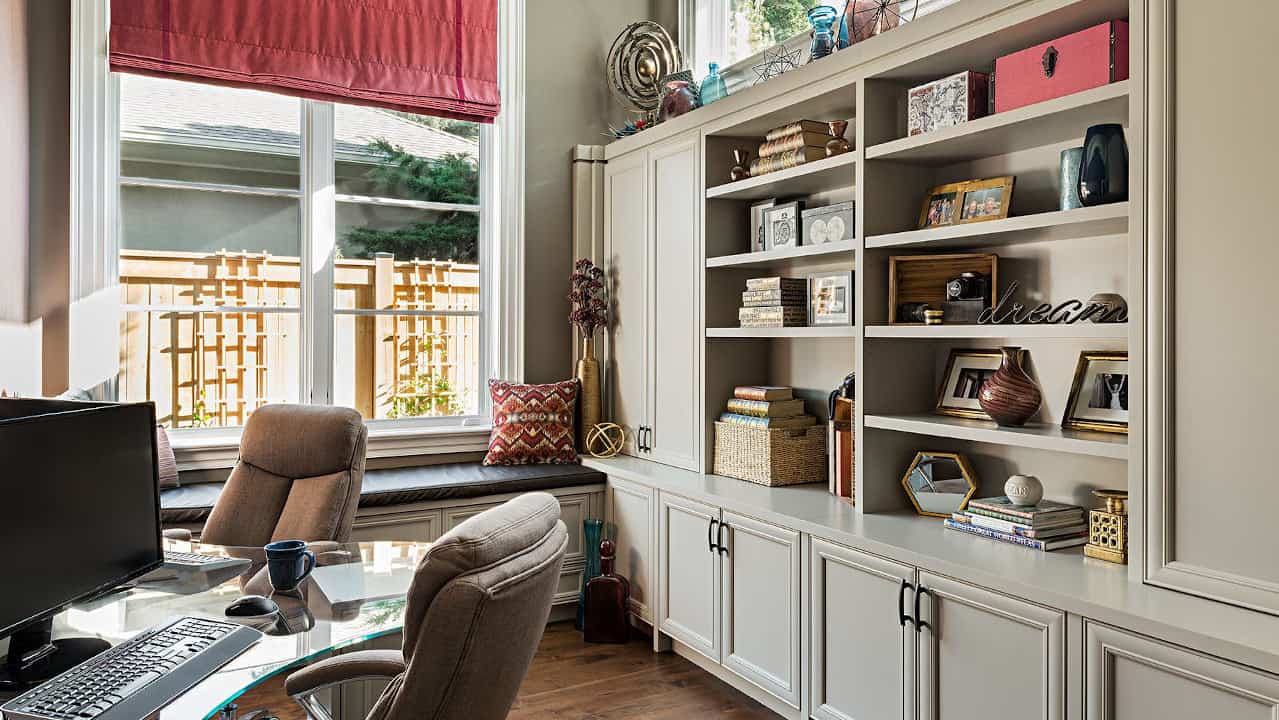
The Pendulum of Design Trends
Design, like fashion, follows cyclical patterns. What was once considered outdated often experiences revival decades later, reinterpreted through a contemporary lens. Consider the resurgence of mid-century modern furniture or the renewed appreciation for brass fixtures that were dismissed as passé just a generation ago. This cyclical nature suggests an important truth: truly excellent design transcends its era.
The most successful modern homes achieve harmony by blending innovation with tradition. They incorporate state-of-the-art technology and contemporary conveniences while preserving elements that have stood the test of time. This approach creates spaces that feel neither sterile nor museum-like, but rather alive with history yet firmly rooted in the present.
Functional Evolution While Honoring Tradition
Today’s homeowners seek functionality that addresses modern needs without sacrificing character. Take lighting, for instance. The humble ceiling fan light kit has evolved significantly, now offering energy-efficient LED options, remote controls, and even smart home integration, while still maintaining the warm, overhead illumination that has made it a household staple for generations.
Similarly, kitchen spaces have transformed to accommodate new appliances and cooking styles while preserving the heart of what makes kitchens special—their role as gathering places. Islands have become larger and more multifunctional, but their purpose as communal hubs remains unchanged. Modern conveniences like touchless faucets and induction cooktops coexist with timeless elements like natural wood cabinetry or classic subway tile backsplashes.
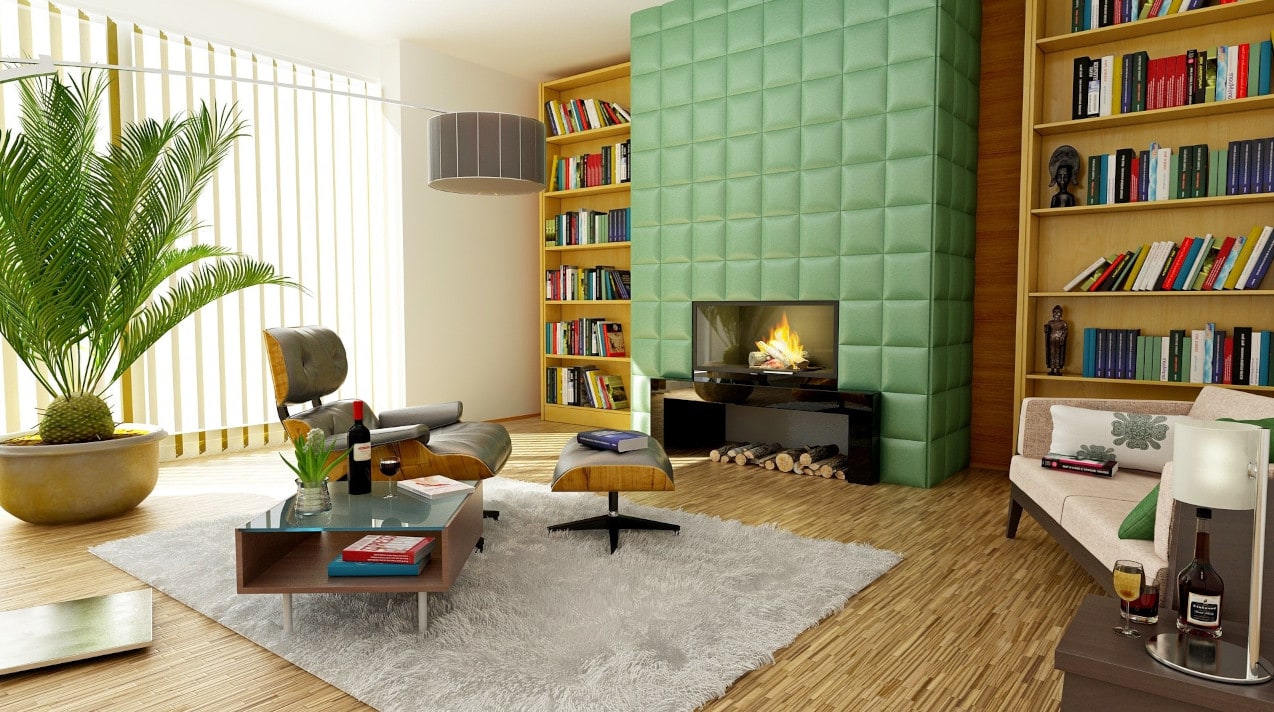
Material Matters: The Old and New in Harmony
Materials tell the story of this marriage between eras most eloquently. Natural materials—wood, stone, clay, and metal—have adorned human dwellings for millennia, and their appeal remains undiminished. Yet today’s designers incorporate these elemental materials alongside contemporary innovations like composite countertops, smart glass, and advanced synthetics.
This juxtaposition creates visual interest and depth. A sleek, modern kitchen might feature ultramodern cabinetry paired with a ceiling fan light kit in oil-rubbed bronze, creating a focal point that bridges different design eras. Similarly, a minimalist living room can be warmed by the inclusion of natural wood elements or vintage textiles.
The most successful spaces often feature this thoughtful contrast—polished concrete floors beneath antique rugs, cutting-edge appliances alongside hand-crafted ceramics, or modern modular furniture complemented by historic architectural details.
Technology: Hidden Innovation, Visible Tradition
Perhaps the most challenging aspect of balancing modernity with timelessness is the integration of technology. Today’s homes are filled with devices and systems unknown to previous generations—home automation, entertainment systems, charging stations, and more.
The art lies in incorporating these elements without allowing them to dominate visually. Hidden charging drawers, televisions concealed behind artwork, speakers integrated into walls or ceilings—these solutions allow technology to serve without overpowering the aesthetic environment.
Conversely, some technological elements can be celebrated as design features. A statement light fixture with smart bulbs can serve as both functional illumination and sculptural art. Kitchen appliances with retro styling but modern capabilities bridge the gap between nostalgic design and contemporary functionality.
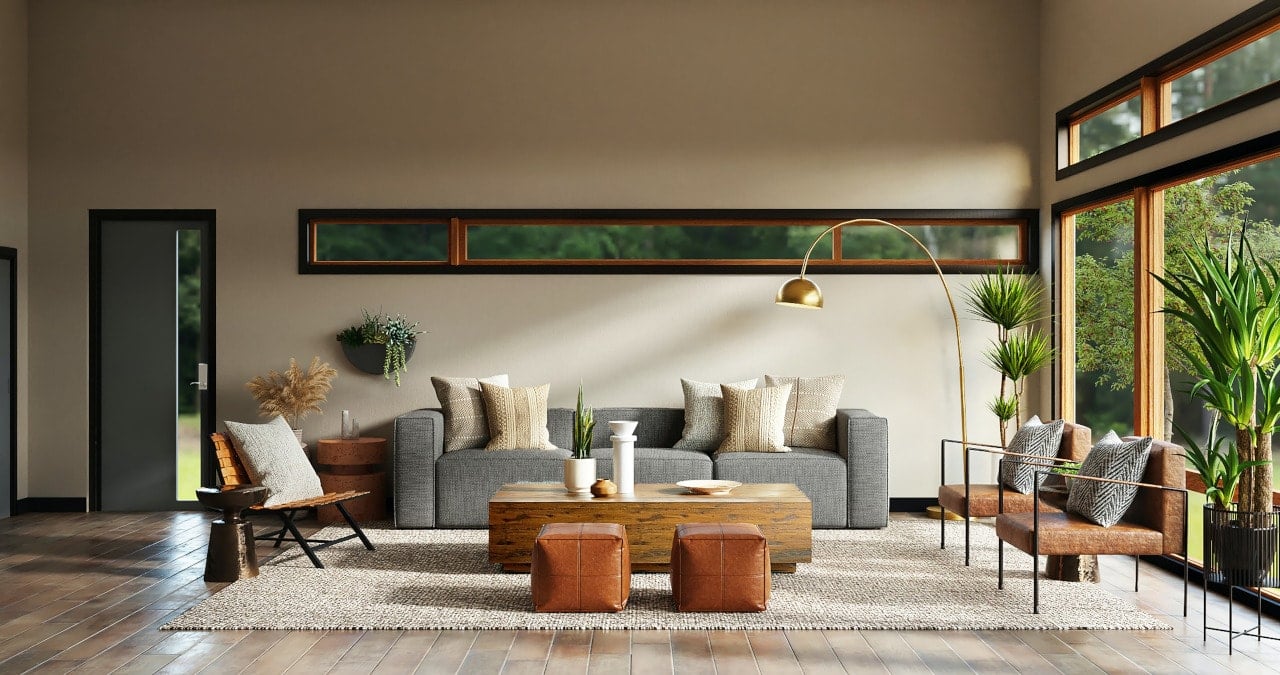
The Psychology of Timeless Design
There is something deeply comforting about spaces that balance innovation with tradition. They satisfy our desire for progress while acknowledging our need for continuity and connection to the past. Homes that successfully achieve this balance feel both exciting and comfortable, novel yet familiar.
This psychological comfort stems from evolutionary preferences. Humans gravitate toward certain proportions, materials, and spatial arrangements that have served us well throughout history. Natural light, connection to outdoor spaces, protected vantage points, and natural materials all satisfy deep-seated preferences that transcend trends.
By honoring these fundamentals while embracing thoughtful innovation, we create spaces that feel intuitively right, regardless of their specific stylistic expression.
Sustainable Thinking: Built to Last
The most sustainable approach to home design is creating spaces and choosing fixtures that endure, both physically and aesthetically. Fast-furniture and disposable decor contribute to environmental degradation and waste. In contrast, investing in quality pieces—whether contemporary or antique—that will stand the test of time represents a more responsible approach.
This sustainability mindset aligns perfectly with the balance of modern and timeless. It encourages us to evaluate additions to our homes not merely by their trendiness but by their lasting appeal and quality. A well-crafted ceiling fan light kit installed today should serve its purpose beautifully for decades, even as other elements around it evolve.
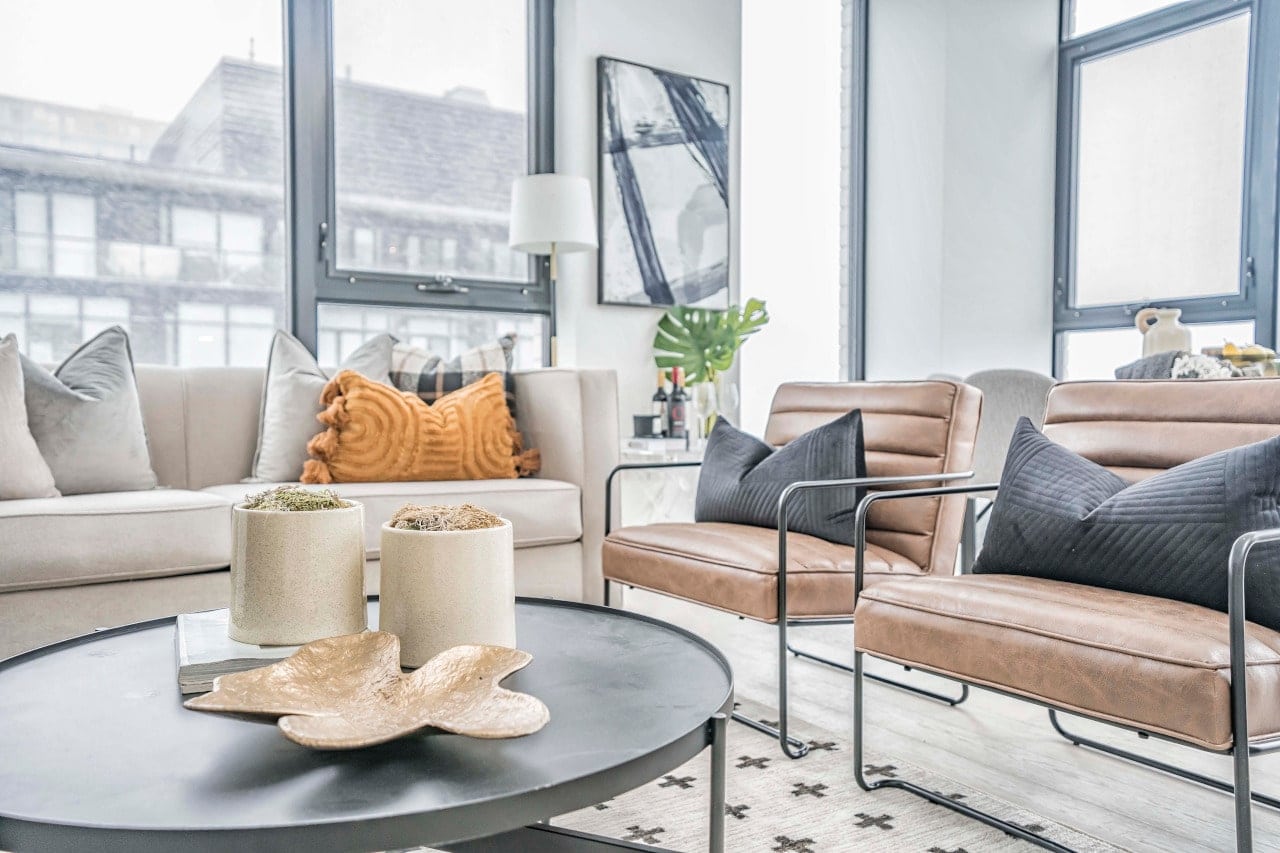
Finding Your Balance
There is no universal formula for achieving the perfect balance between contemporary function and timeless appeal. Each home, each room, each family has unique needs and preferences. However, certain principles can guide this process:
- Prioritize quality over trendiness in significant investments
- Allow architectural features of the home to inform design choices
- Incorporate technology thoughtfully, not obtrusively
- Mix periods and styles with intention rather than by accident
- Choose natural materials when possible for their enduring appeal
- Consider how spaces will function over time as needs change
The most successful spaces reflect their inhabitants’ lives, values, and stories. They aren’t frozen in time but rather evolve organically while maintaining core elements that give them continuity and character.
The Art of Evolution
The most beautiful homes are those that feel as though they have evolved naturally over time. They incorporate innovations that enhance life without erasing the charm and character of traditional elements. They balance function with beauty, innovation with tradition, and contemporary convenience with timeless appeal.
This balance isn’t achieved through rigid formulas but through thoughtful consideration of how we live and what truly matters in our environments. By marrying modern functionality with timeless fixtures, we create spaces that serve our present needs while honoring the design wisdom of the past.
The result is homes that feel both of their moment and outside of time—contemporary yet enduring, innovative yet grounded in tradition.
In this delicate balance lies the art of creating spaces that will continue to delight and serve well beyond the current moment, becoming not just shelters but sanctuaries that grow more beautiful with the passing years.
Top image: Unsplash

Theresa Longo (B.B.A Hon) is a former Miss Italy World contestant & professional brand ambassador based in Toronto. She covers topics such as performance auto, high fashion and world travel.



